Political Economy and Fiction in the Early Works of Harriet Martineau
Extraits
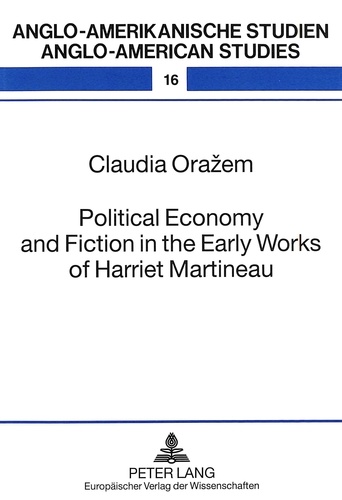
Non classé
Political Economy and Fiction in the Early Works of Harriet Martineau
11/1999

Anglais apprentissage
The Sound and the Fury / As I Lay Dying, William Faulkner
01/1999
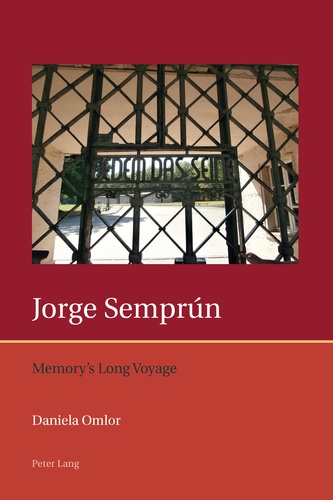
Non classé
Jorge Semprún
04/2014
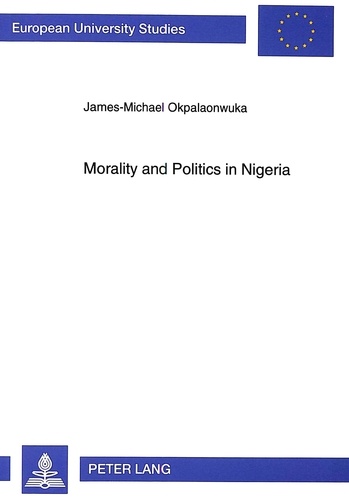
Non classé
Morality and Politics in Nigeria
07/1997
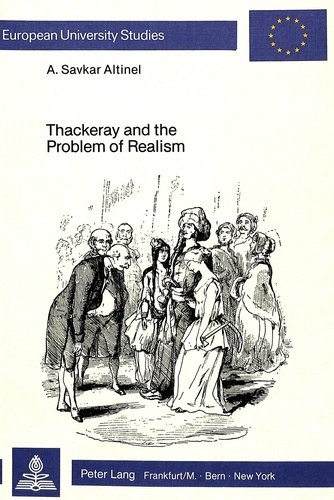
Non classé
Thackeray and the Problem of Realism
12/1986
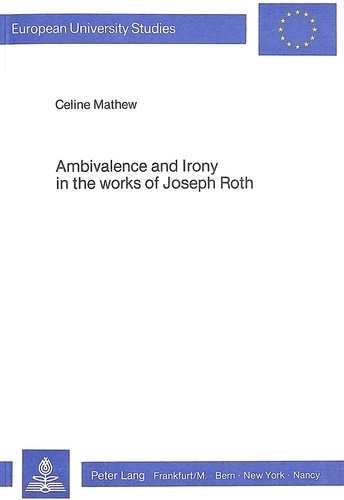
Non classé
Ambivalence and Irony in the Works of Joseph Roth
12/1984
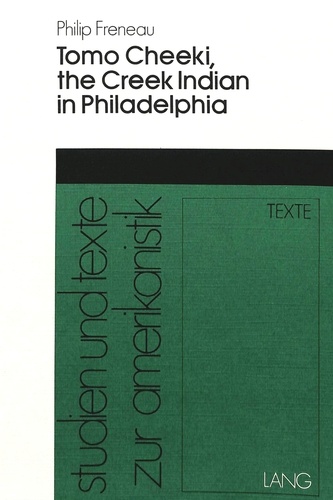
Non classé
Philip Freneau- Tomo Cheeki, the Creek Indian in Philadelphia
12/1987
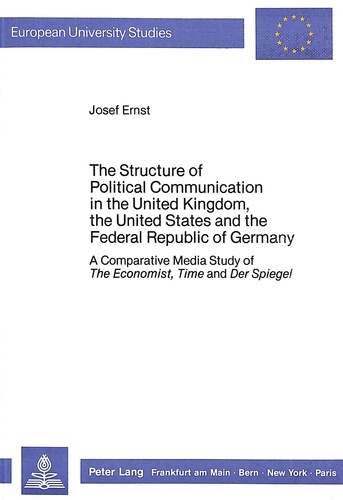
Sciences politiques
The Structure of Political Communication in the United Kingdom, the United States and the Federal Republic of Germany
11/1987
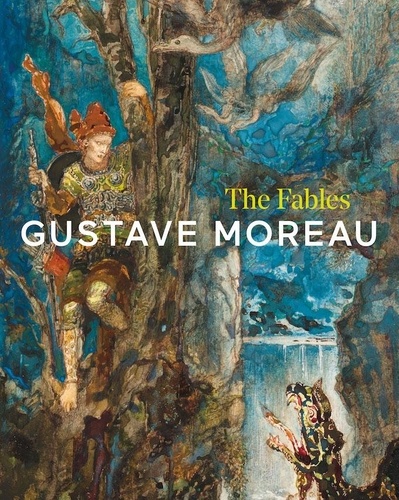
Monographies
Gustave Moreau. The Fables
08/2021
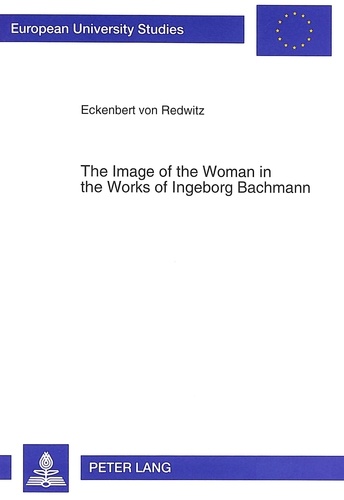
Non classé
The Image of the Woman in the Works of Ingeborg Bachmann
09/1993
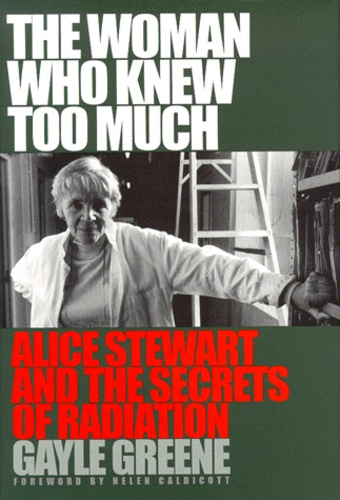
Histoire et Philosophiesophie
THE WOMAN WHO KNEW TOO MUCH. Alice Stewart and the secrets of radiation
02/2000
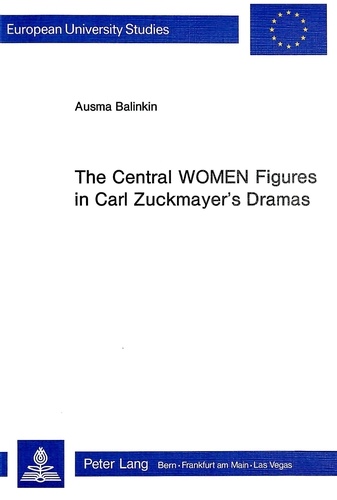
Non classé
The Central Women Figures in Carl Zuckmayer's Dramas
12/1978
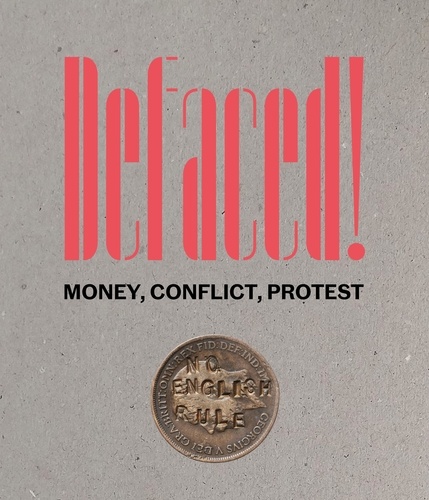
Monographies
Defaced! Money, Conflict, Protest
12/2022
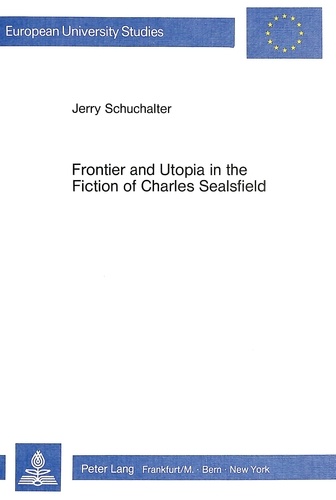
Non classé
Frontier and Utopia in the Fiction of Charles Sealsfield
12/1986
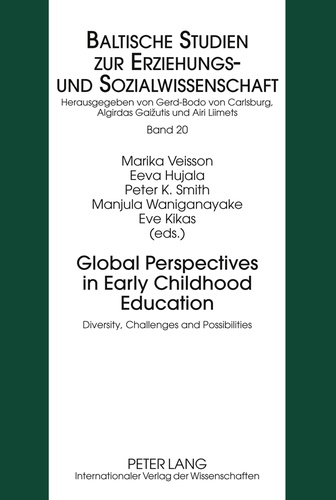
Pédagogie
Global Perspectives in Early Childhood Education
01/2011
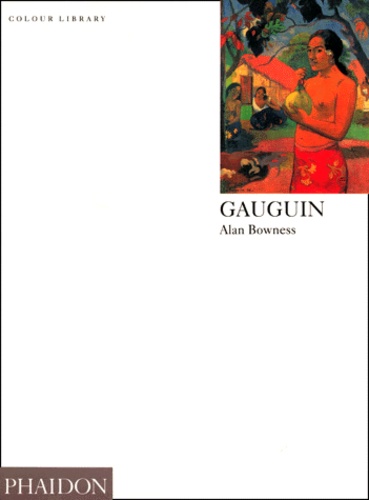
Beaux arts
Gauguin. Edition en langue anglaise
01/1991
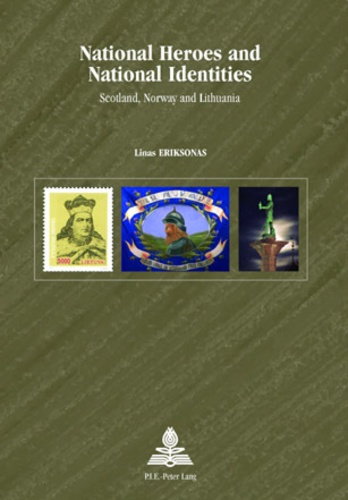
Histoire internationale
National Heroes and National Identities. Scotland, Norway and Lithuania
02/1993
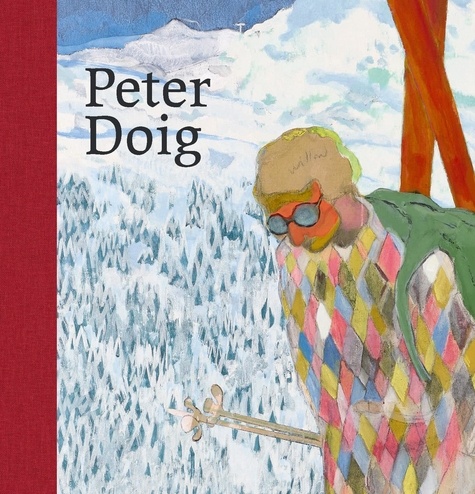
Monographies
Peter Doig
06/2023

Religion
Differential effects of early and late nocturnal sleep on the consolidation of declarative and nondeclarative memory
10/1997
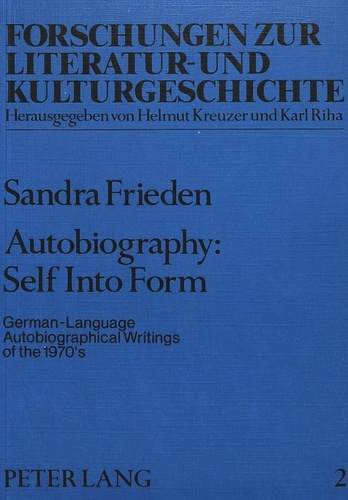
Non classé
Autobiography: Self Into Form
12/1983
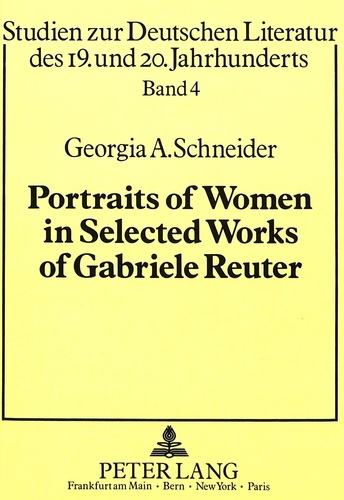
Non classé
Portraits of Women in Selected Works of Gabriele Reuter
12/1987
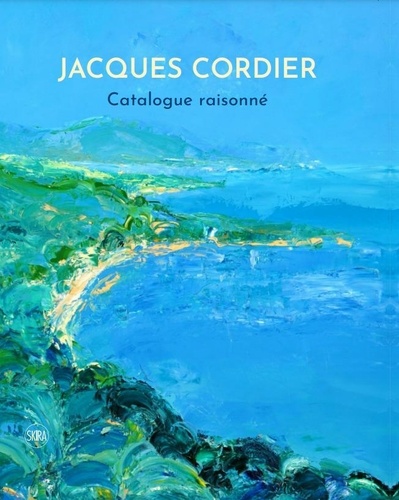
Monographies
Jacques Cordier. Catalogue raisonné, Edition bilingue français-anglais
11/2023
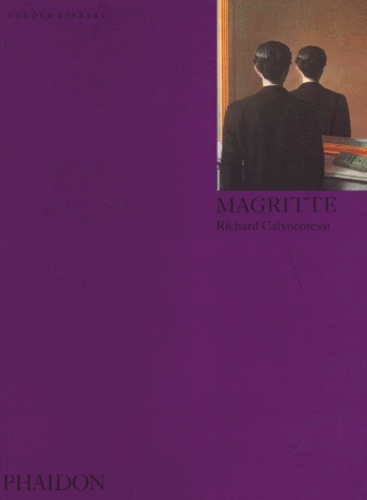
Beaux arts
Magritte. Edition en langue anglaise
01/1984
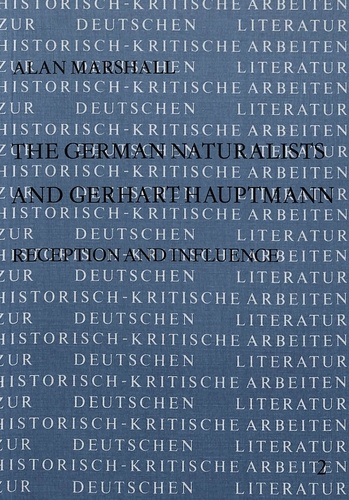
Non classé
The German Naturalists and Gerhart Hauptmann
12/1982
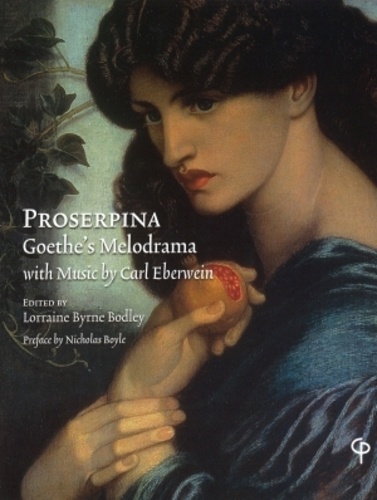
Non classé
Proserpina</I>"
12/2008
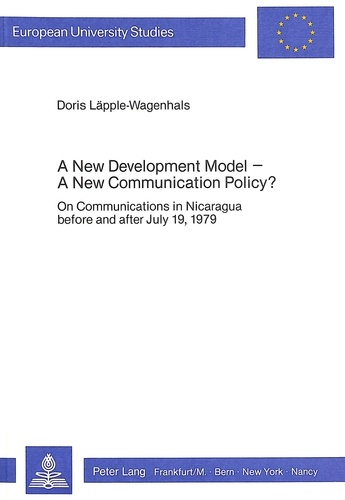
Sciences politiques
A New Development Model - A New Communication Policy?
12/1984
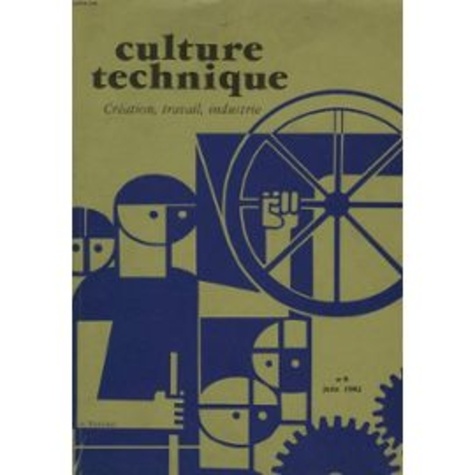
Sciences politiques
Chroniques électorales. Tome 2, La cinquième république du général de Gaulle
01/1983

Histoire internationale
Late-Imperial Russia: An Interpretation
09/1997
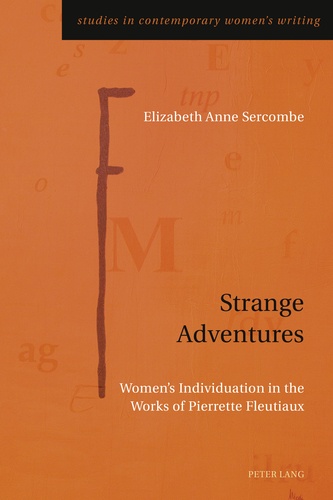
Histoire internationale
Strange Adventures
03/2016
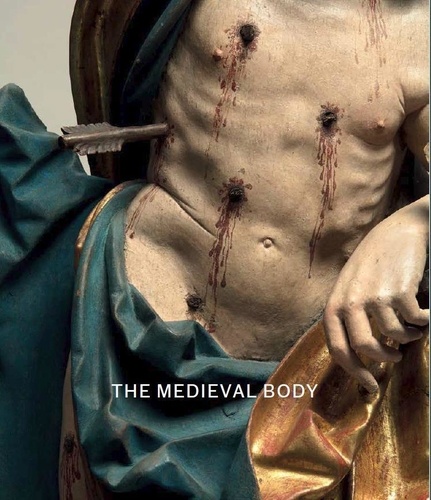
Mouvements artistiques
The Medieval Body
08/2022

